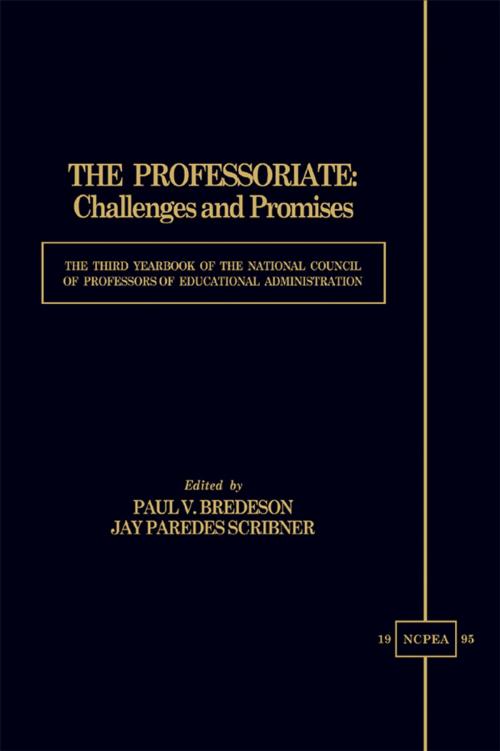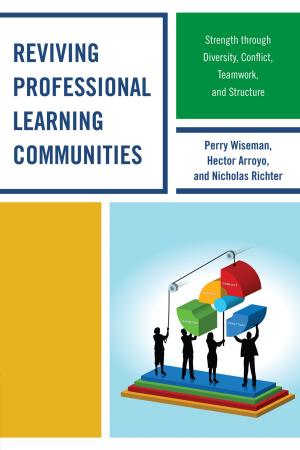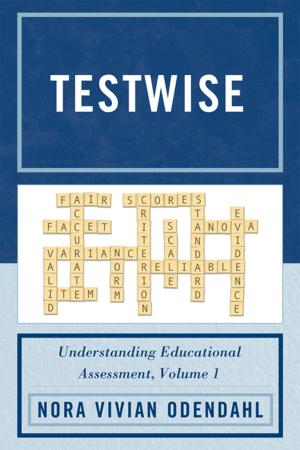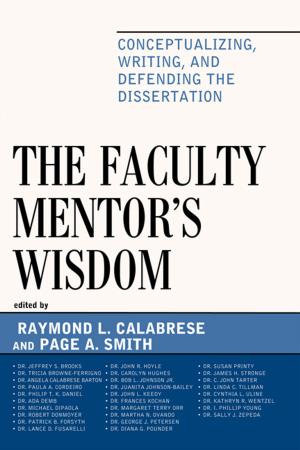The Professoriate: Challenges and Promises
The Third Yearbook of the National Council of Professors of Educational Administration
Nonfiction, Reference & Language, Education & Teaching, Administration| Author: | ISBN: | 9781461734512 | |
| Publisher: | R&L Education | Publication: | April 28, 1998 |
| Imprint: | R&L Education | Language: | English |
| Author: | |
| ISBN: | 9781461734512 |
| Publisher: | R&L Education |
| Publication: | April 28, 1998 |
| Imprint: | R&L Education |
| Language: | English |
The 1995 NCPEA Yearbook is organized into five major sections. The first, The Landscapes of Change: Challenges for Professors of Educational Administration, contains four chapters that frame the major themes and issues of the 1994 conference. In Section 2, Educational Leadership and Development Program: Theoretical Perspectives, the authors explore theoretical lenses for examining the preparation of educational leaders and the development of educational administration programs. Section 3, Responding to New Realities: Program Development in Educational Administration, contains detailed descriptions of emerging educational realities that have begun to trigger program changes and innovations in departments of educational leadership at six institutions. Rethinking and Revisioning Teaching and Learning to prepared Educational Leaders, Section 4, offers five excellent vignettes of changes and challenges for professors in creating new teaching and learning environments for themselves and their students. In the final section, Policies, Programs, and Practices: Investigations in Educational Administration, six chapters relate the finds of researchers using very different research designs and methods. The implications for professors of educational administration and for all educational stakeholders are discussed.
The 1995 NCPEA Yearbook is organized into five major sections. The first, The Landscapes of Change: Challenges for Professors of Educational Administration, contains four chapters that frame the major themes and issues of the 1994 conference. In Section 2, Educational Leadership and Development Program: Theoretical Perspectives, the authors explore theoretical lenses for examining the preparation of educational leaders and the development of educational administration programs. Section 3, Responding to New Realities: Program Development in Educational Administration, contains detailed descriptions of emerging educational realities that have begun to trigger program changes and innovations in departments of educational leadership at six institutions. Rethinking and Revisioning Teaching and Learning to prepared Educational Leaders, Section 4, offers five excellent vignettes of changes and challenges for professors in creating new teaching and learning environments for themselves and their students. In the final section, Policies, Programs, and Practices: Investigations in Educational Administration, six chapters relate the finds of researchers using very different research designs and methods. The implications for professors of educational administration and for all educational stakeholders are discussed.















